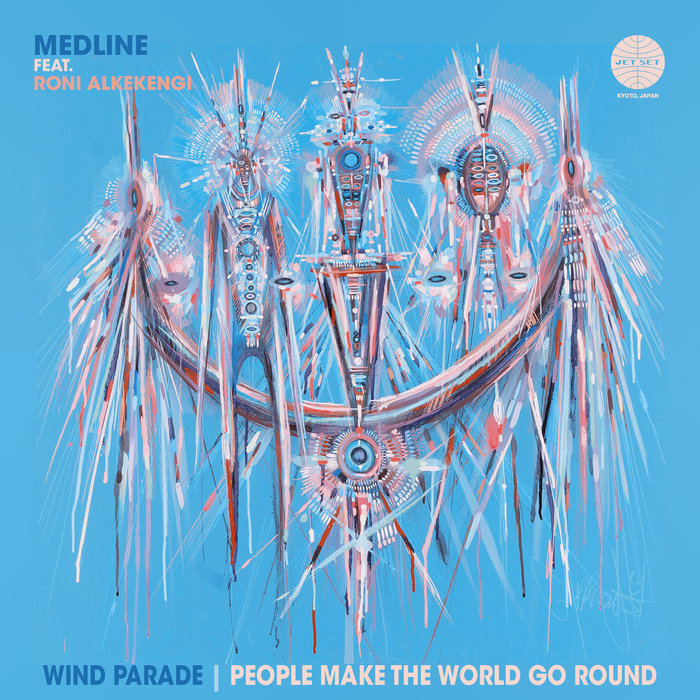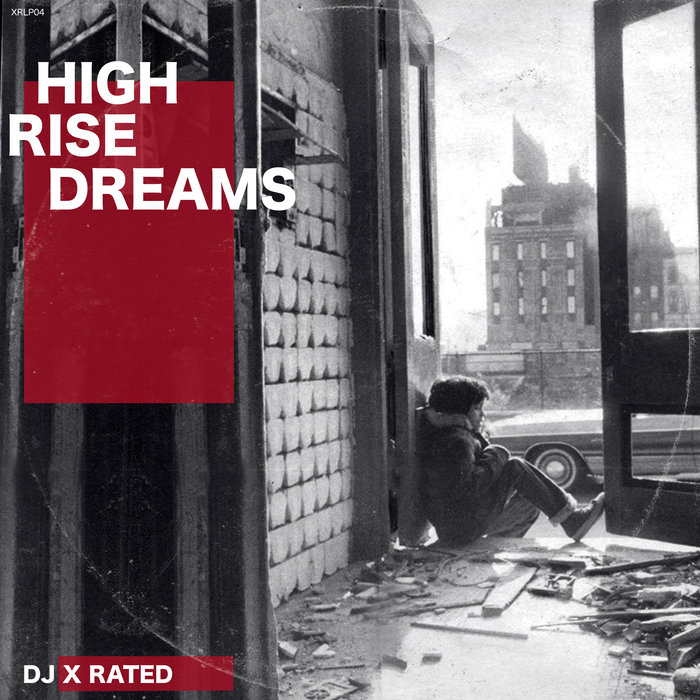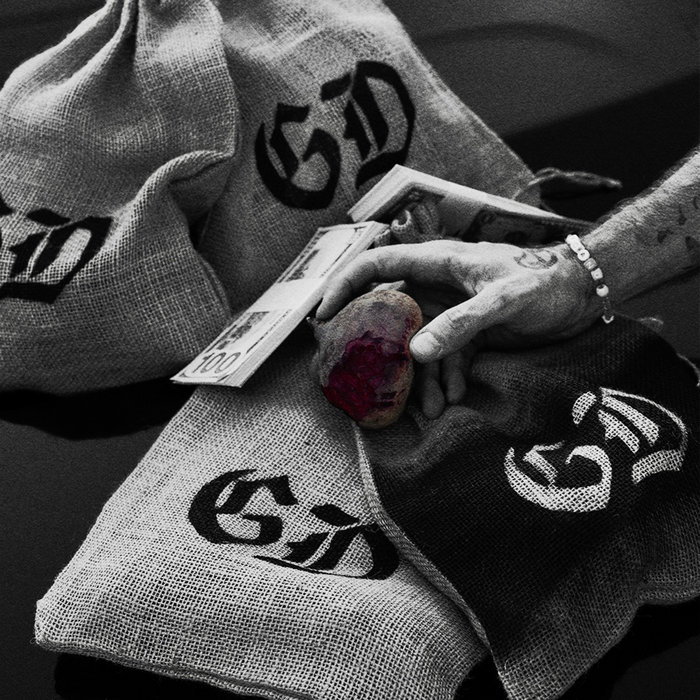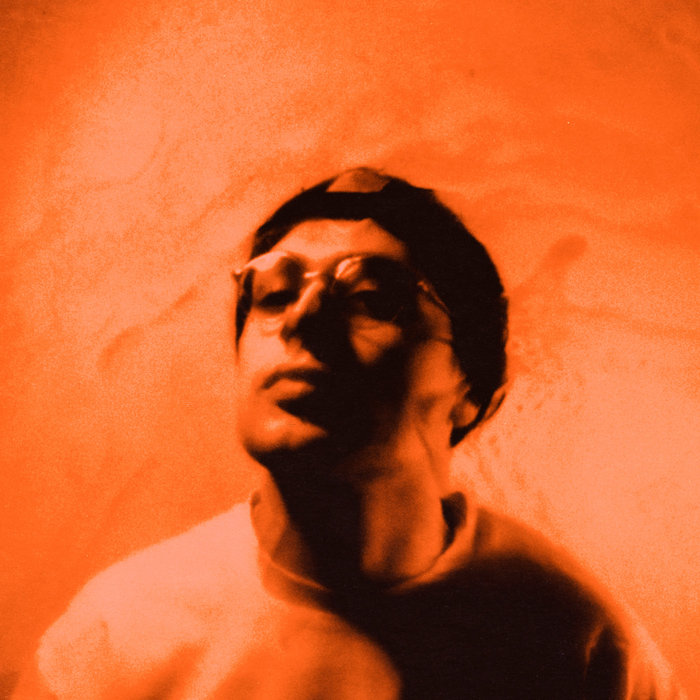
Wind Parade (45 Edit) – Medline feat. Roni Alkekengi
this blog is GROOVY – check out great Soul, Funk, Jazz, Hip Hop, Bass, Breaks , Reggae, House n many more TUNES
Hip hop—it’s not just a genre; it’s a whole lifestyle, a movement, and an art form that has danced its way from the streets of the Bronx to global domination. If you’re ready to ride this beat with me, let’s dive into the colorful history of hip hop and sprinkle in some funky facts about the artists who make it all groovy!
Hip hop kicked off in the 1970s in New York City—specifically, in the Bronx. It was born at block parties where DJs would spin records and MCs (that’s short for Master of Ceremonies) would hype up the crowd. DJ Kool Herc is often credited as one of the founding fathers. He had this brilliant idea to extend breaks from disco tracks so people could dance longer. Who knew playing just two minutes more of funky beats would shake up music forever?
Now, hip hop isn’t just about rhymes and rhythms—it’s built on four elements:
The early rappers drew influence from funk, soul, jazz—as well as reggae vibes that flowed through NYC neighborhoods. By 1979, we saw “Rapper’s Delight” by The Sugarhill Gang pop onto radios everywhere—a track that’s legendary for introducing rap into mainstream consciousness! Fun fact: they recorded it in just one take!
And here’s a quirky tidbit—did you know that “Rapper’s Delight” is over 14 minutes long? That’s enough time for a mini road trip!
Fast forward to the late ’80s and early ’90s—the golden age of hip hop began shining brightly. Artists like Run-D.M.C., Public Enemy, N.W.A., and A Tribe Called Quest emerged with diverse styles.
Funniest moment? In 1995 at the Source Awards show when André 3000 yelled out “The South got something to say!”—and boy did he mean it! That sparked debates across genres but also led us right into Southern rap dominating years later.
Outkast took center stage with their eclectic sound featuring everything from funkadelic grooves to smooth ballads working their charm on folks worldwide—even those who didn’t think they liked rap before.
Here comes another hilarious factoid: Big Boi once performed under an alias called ‘Sir Lucious Left Foot’ because why not have fun with your name while being super serious about lyrical prowess?
By the late ’90s and early 2000s—the world couldn’t get enough of hip hop! From Eminem breaking barriers as one of few white rappers smashing charts worldwide (with his unique style)…
…to Missy Elliott flipping stereotypes upside down with her funky videos (“Get Ur Freak On,” anyone?), each artist brought flavor like hot sauce on fries.
But let’s hit pause for another giggle moment—remember when Snoop Dogg made cooking videos called Martha & Snoop’s Potluck Dinner Party? Nothing says culinary expertise quite like snoopin’ around kitchens while possibly forgetting why you walked into one!
As technology evolved into streaming platforms today—we’ve seen new subgenres sprout up left-and-right! Trap music takes over mainstream radio thanks largely due producers like Metro Boomin setting beats ablaze alongside artists such as Future or Migos delivering catchy hooks guaranteed to get stuck in your head faster than gum beneath school desks!
Funny side note here: ever heard how Lil Pump made “Gucci Gang”? Well…it only took him about fifteen minutes tops after hit record label exec showed interest—and then boom—the rest is chart history!
Don’t forget our queen bees who stepped up strong during these transitions—from Nicki Minaj reigning supreme until Cardi B stormed through breaking records faster than you can do growing pains exercises!
One amusing fact? Backstage banter revealed both ladies almost collaborated back when they were still operating under different labels—which reminds us things could’ve been very different if they’d cooked together instead…
So there you have it—the rise, fall (for some), resurrection (for most), creativity explosion—all blended perfectly within this vibrant tapestry known as hip-hop culture today.
From block parties shaking cities starting decades ago leading now towards massive concerts flooding stadium seats every night around globe—you can’t help but bounce along every step beating down memory lane filled laughter inspiration throughout journey forward still groove-laden paths ahead waiting discovery…
Keep vibing my friends; remember life itself may be serious—but music doesn’t always need take itself too seriously either—but I’ll leave you pondering this question next time someone asks what defined current tracks nowadays:
“Do mom jeans count?” 😜

Wind Parade (45 Edit) – Medline feat. Roni Alkekengi

Everybody Loves The Sunshine – Medline feat. Roni Alkekengi

Funky Man – BBOY BEATS

Still Dreaming – DJ X-Rated

JB*TPB – Deejay Irie

Gunshowers ft. Elzhi – BADBADNOTGOOD

You Can Fly – great dane

Offline – FD, Fox

Hello – corto.alto

Satisfied (Ambient Reprise) – Catching Flies